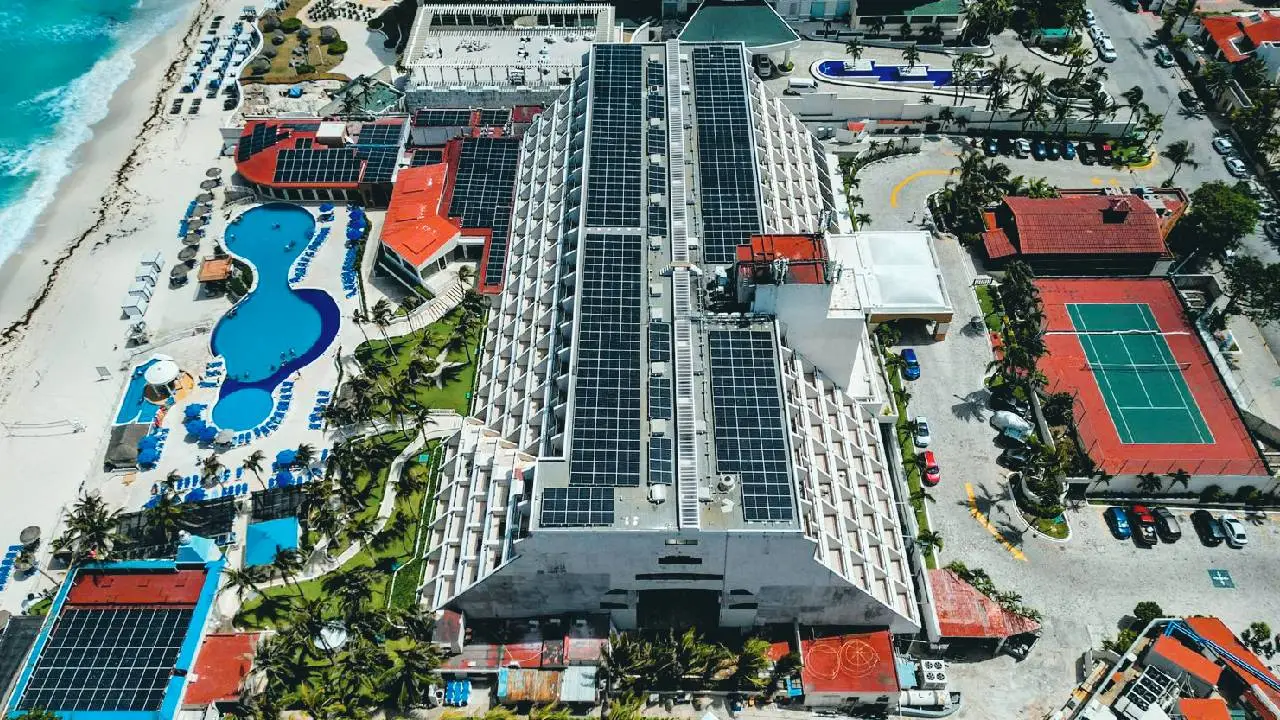“Discover Why Quintana Roo Pays the Peninsula’s Highest Energy Prices”
Quintana Roo is the largest consumer of electricity in the peninsula, with Yucatan accounting for 38%, Campeche 13%, and the remainder in Quintana Roo. This high consumption has led to local marginal prices being among the most expensive in the country, reaching up to 6,237.92 per megawatt-hour.
The service sector, which is the predominant industry in the state, coupled with high temperatures and humidity, leads to intensive energy use. The state's energy intensity is measured by the demand or consumption of energy in relation to the Gross Domestic Product (GDP).
In June, a report showed that Quintana Roo ranks 29th nationally for energy use to produce one million pesos of GDP. It requires 14,317 kilowatt-hours, compared to Mexico City's 3,048 kilowatt-hours. The report also predicted that by 2023, the state's hotel industry will be the largest consumer of electric and thermal energy in the country, accounting for almost a fifth of the total. This prediction has led to a push for energy efficiency and the use of renewable energy sources in the tourism sector.
To address this, a pilot program for energy efficiency in the hotel sector has been implemented. The program aims to identify savings opportunities and implement measures through capacity building, energy assessment of buildings, state technical support, and collaboration with the Berkeley University laboratory.
The state has experienced significant growth, leading to increased energy consumption. According to the Federal Electricity Commission (CFE), consumption rose from 4,965.50 gigawatt-hours in 2021 to 5,471.80 gigawatt-hours in 2022, a 10% increase. This growth is expected to continue at a rate of 4% over the next decade.
So far, 98 individuals and 70 hotels have been trained in energy efficiency. This training has led to the implementation of savings measures and energy efficiency in areas such as lighting, heating systems, thermal insulation, and the use of renewable energies. However, the state is still 92% dependent on imported energy, mostly from fossil sources.
Given the energy deficiencies in the peninsula, it's crucial to maintain the electrical network as there is only one high voltage link for the entire region. The electrical system in Quintana Roo is being reinforced, but the process is slow. Therefore, businesses are being educated on the requirements and compliance of the energy efficiency program through seminars.











